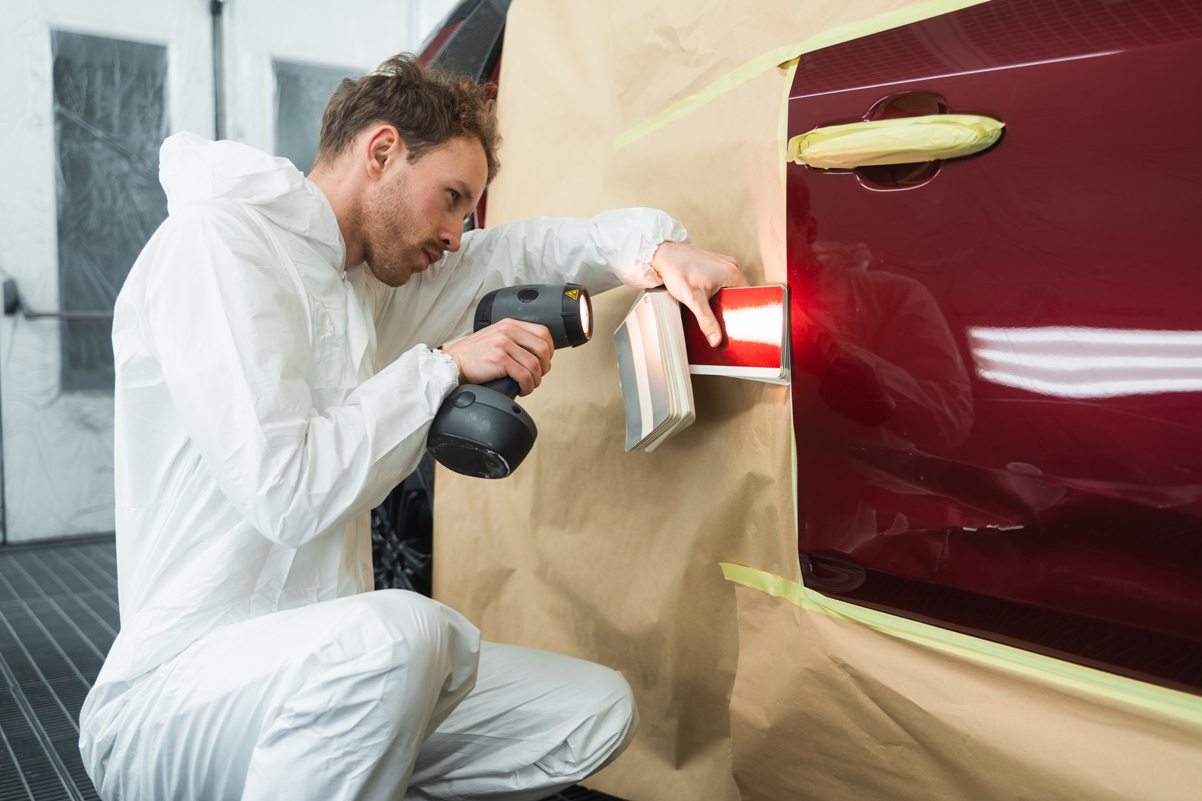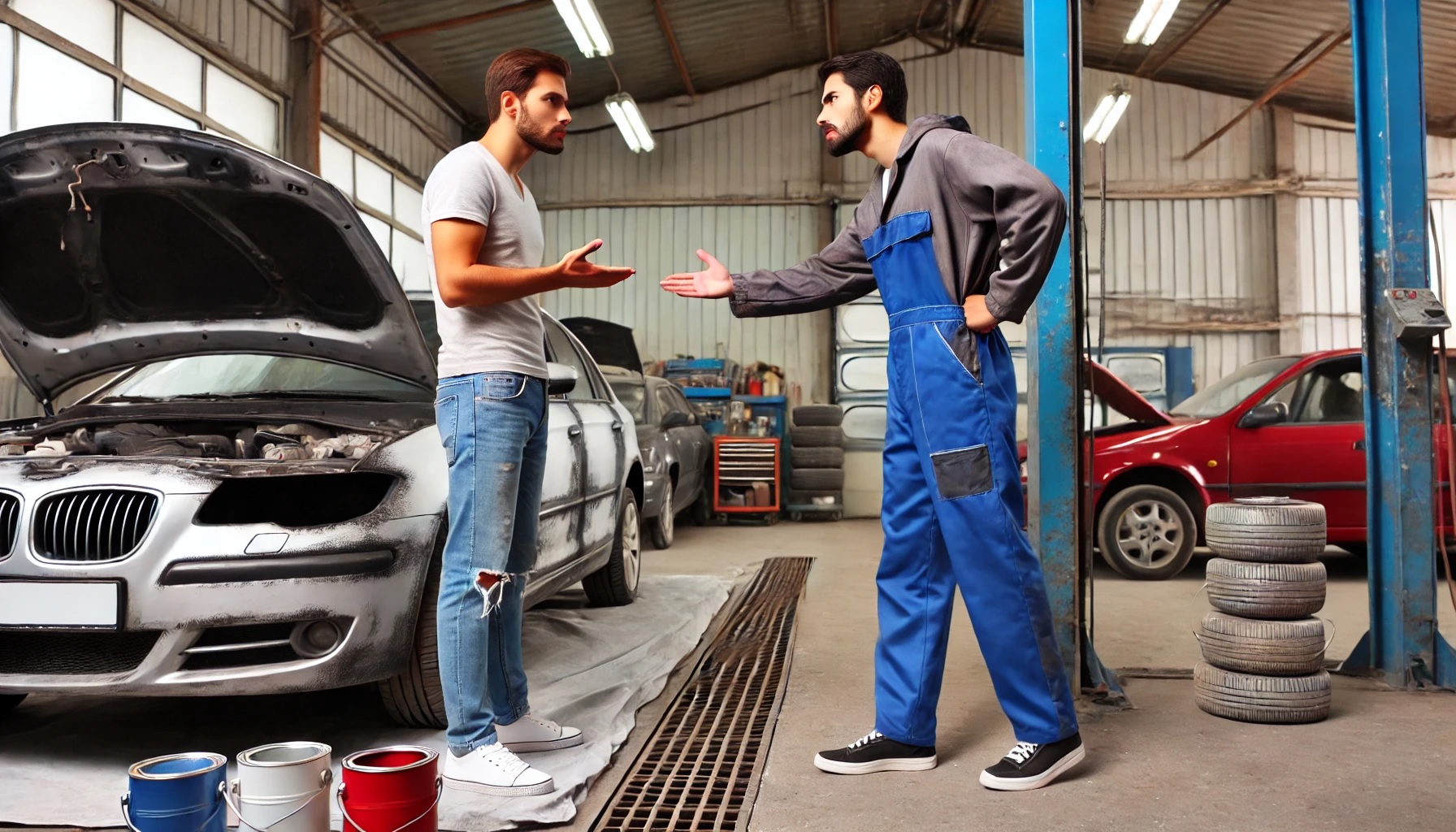There is something fascinating about predicting the future. Don’t you agree? Probably every one of us would like to have a glance in to the future. Well, I am not a fate teller, although it would probably make easier money than selling refinishing products around the globe. However, just as majority of you, I try to make reasonable prognosis about the future of the collision repair industry. From my point of view, the last time we had something with profound impact was a long time ago when basecoat-clearcoat painting system was introduced. Even the waterborne technology hasn’t influenced our business as much as some paint manufacturers would have liked it to. Of course, chemistry is an amazing science, but I do not see any tremendous breakthroughs as far as materials are concerned. On the other hand, big change can come for example from a new player in the supply chain. Have you heard about the “internet of things?”
What is the Internet of things?
The Internet of things or often referred to as “IoT” is made up of devices with sensors interconnected into one network. Based of collected and analyzed data, appropriate commands are sent from distance through the network to the devices. IoT is about efficiency, time and money savings; it creates much faster processes with the possibility of usage in every aspect of modern life and business.
IoT in automotive refinishing industry.
In our industry, we have some attempts to optimize the processes through the internet. Mainly I refer to the online softwares for color management and spectrophotometers. On the other hand, I cannot recall any decent smartphone APP from any automotive refinishing company, which would stand out. Most of the existing APPs are just smaller versions of the corporate websites. From my point of view, we experience kind of technological vacuum, which eventually should be filled up by something innovative. I believe that IoT will come to auto body repair business from five directions.
IoT and color matching.
Most of the surveys conducted in our industry reveal that poor color matching remains the biggest challenge and profit-eater for any bodyshop. Expensive re-sprays and failed deadlines are common even among the best of us. Imagine that you have a spectrophotometer, which will be connected not only with your software, but with the computers of the paint manufacturer labs. If the lab doesn’t have the right formula for the color, it will be created and will update the database of every user around the globe.
IoT and stock management for end users and distributors.
Stock management, especially when we talk about availability of mixing toners, is another headache for everyone, who is involved in the car paint business. Probably we all have had a situation when one toner is missing, and, as by Murphy’s law, all today’s colors require this specific toner. Imagine that all mixers served by a distributor are interconnected and create automatic orders without any human intervention. This can be particularly helpful in the markets with the long chain of supply, like USA or Russia, due to the size of the markets and distances the products have to travel.
IoT and manufacturing.
Certainly, IoT will benefit a lot the paint and consumables producers. Distributors’ computers will be connected with the central system of the producer, who in turn can analyze the stock levels and by using various algorithms calculate the required quantities for the factory. As a result, on time deliveries and reduced overstock (especially of the products with short shelf life) will occur.
IoT and environment.
Automotive refinishing industry has been accused of polluting the environment with waste, organic fumes and carbon output. IoT can be very useful for all involved parts, bodyshop managers, suppliers and authorities to have all the data collected in one place. For example, if a spray booth will work more than certain time period, a message will be sent that active carbon filters must be replaced in the exhaust units. Similarly, waste management can be controlled, helping protection of the environment.
IoT and health and safety in a bodyshop.
Workers in autobody shops are exposed to a number of hazards. Organic and welding fumes, isocyanates and dust from sanding, are among the causes of various occupational health problems. By installing sensors in a working place and sending the data from spraybooth and preparation area to central computer, will definitely reduce the possibility of negligence and poor safety practices. Authorities will have the access to this data and the control will be facilitated.
Challenges
Internet of Things will revolutionize autobody repair industry. It is just the matter of time. However, there will be obstacles, like the reluctance from involved parties to give away the internal information, as well as security and data protection, which is crucial in our era of cyber crime.




